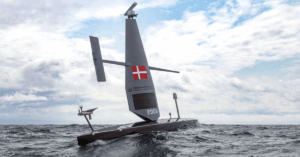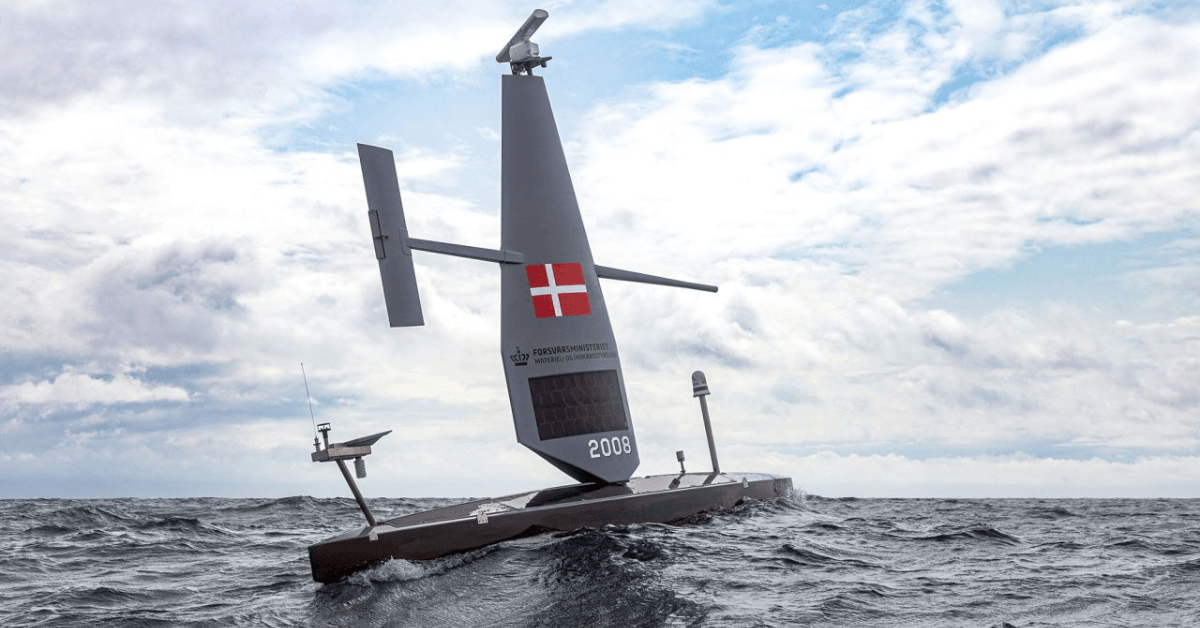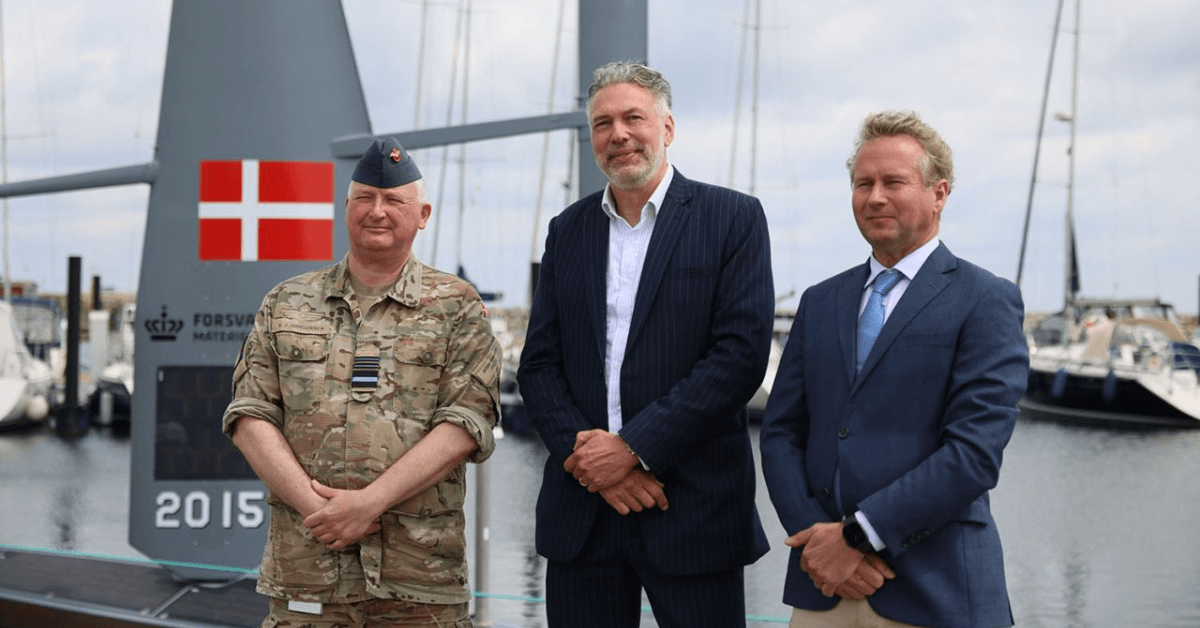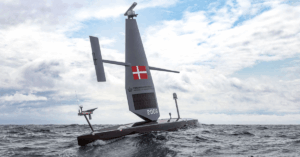
Iran Approves Closure Of World’s Most Strategically Important Maritime Choke Point
June 23, 2025
Global Shipping On High Alert After US Airstrikes On Iran’s Nuclear Facilities
June 23, 2025

Denmark has launched four autonomous sailboats into the Baltic and North Seas to carry out surveillance and intelligence-gathering missions.
These 10-meter-long uncrewed surface vessels, known as Saildrone Voyagers, are part of a three-month operational trial conducted by the Danish Ministry of Defence Acquisition and Logistics Organisation (DALO).
The robotic sailboats, which look like regular sailboats from afar with Denmark’s red-and-white flag on their sails, carry no crew onboard. They were designed and built by Saildrone, a U.S.-based technology company headquartered in Alameda, California.
Two of the Voyagers began operations on June 6 by joining a NATO-led patrol, while the other two were launched more recently from Koge Marina, located about 40 kilometers south of Copenhagen.
Together, these four vessels are being used to patrol Danish and NATO-controlled waters in an area where maritime tensions have risen sharply due to sabotage threats and suspicious undersea activities.
This is the first time the Danish Armed Forces are using Saildrone’s Voyager platform for operational testing. Earlier this year, Saildrone also announced the launch of its new European subsidiary in Denmark, supported by a strategic investment from EIFO, Denmark’s Export and Investment Fund.
The Baltic Sea is a key maritime region surrounded by NATO member states and partners. It contains essential undersea infrastructure such as pipelines and data cables, making it strategically important.
According to Lt. Gen. Kim Jørgensen, Director of the Danish National Armaments at the Ministry of Defence, the security situation in the Baltic Sea is tense. The Voyagers will cruise across Danish waters and then regroup with the other two drones participating in the NATO exercise. From there, they will be moved to different locations across Danish-controlled areas as the mission progresses.
The vessels are powered by wind and solar energy and can remain at sea for several months without needing human crews. They also include diesel backup power and electric propulsion. Each Voyager is equipped with advanced sensors, including radar, Automatic Identification System (AIS), infrared and optical cameras, sonar, and acoustic monitoring tools. These systems allow the Voyagers to detect and classify maritime targets using computer vision and artificial intelligence.
Saildrone founder and CEO Richard Jenkins said the Voyager acts like a truck carrying various sensors, giving defense forces a comprehensive picture of what’s happening above and below the sea surface across a range of 30 to 50 kilometers. He pointed out that many illegal activities, such as sabotage of undersea cables, smuggling, or illegal fishing, often go unnoticed simply because no one is observing them.
The Danish Defense Ministry aims to expand its surveillance capacity in under-monitored waters through this trial, especially around vulnerable areas where fiber-optic cables and power lines are located underwater. The mission comes after repeated disruptions to undersea infrastructure. These include the 2022 Nord Stream pipeline blasts and at least 11 incidents of undersea cable damage reported since late 2023. One of the most recent incidents, in January, severed a fiber-optic link between Latvia and Sweden’s Gotland island.

Some of these disruptions have been blamed on Russia’s so-called “shadow fleet”-old oil tankers that operate under obscure ownership structures to avoid sanctions. One such ship, the Eagle S, was seized by Finnish authorities in December after damaging a power cable between Finland and Estonia using its anchor.
Western defense officials suspect that such incidents may be part of hybrid warfare tactics involving land and sea targets. NATO is now working to build a layered maritime monitoring system that combines uncrewed surface vehicles like the Saildrone Voyagers with naval ships, seabed sensors, and satellites.
Peter Viggo Jakobsen from the Royal Danish Defence College explained that it’s extremely expensive to keep warships at sea continuously to track every Russian vessel, whether military or civilian. He said the goal is to develop a cost-effective and multi-layered surveillance approach that still ensures constant monitoring.
The Danish investment fund EIFO has supported Saildrone with funding as part of a larger $60 million round meant to expand the company’s presence in Europe. EIFO CEO Peder Lundquist said Denmark was chosen as the center for Saildrone’s European operations because of the technology’s potential to improve both national and regional security. He believes the Voyagers could also support Danish surveillance efforts in the Arctic and help prevent sabotage at a fraction of the cost of operating conventional patrol vessels.
A new Saildrone office in central Copenhagen will act as the company’s European headquarters, handling missions across the Baltic and North Seas for Danish and allied defense customers.
Reference: Saildrone
Source: Maritime Shipping News


